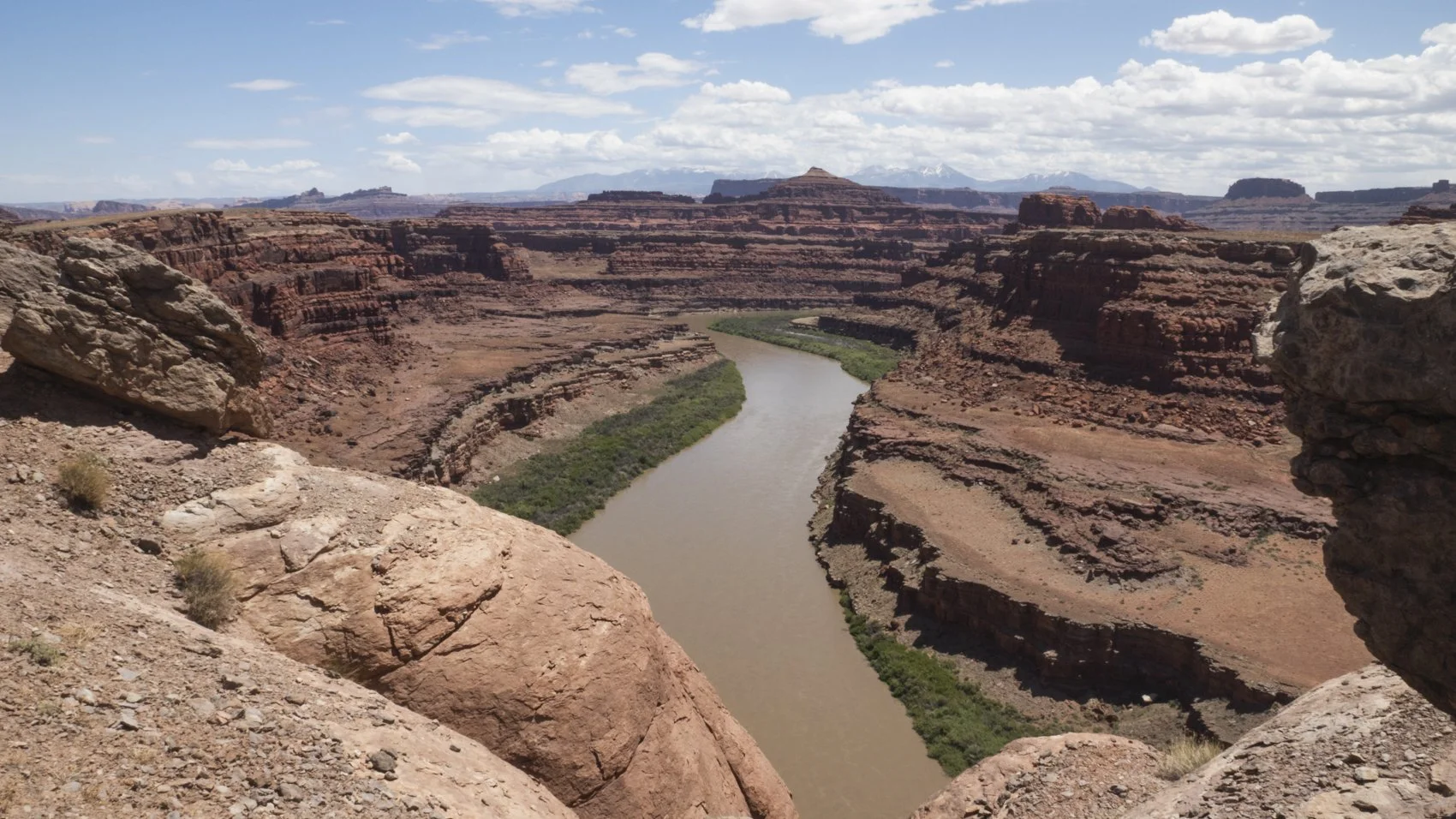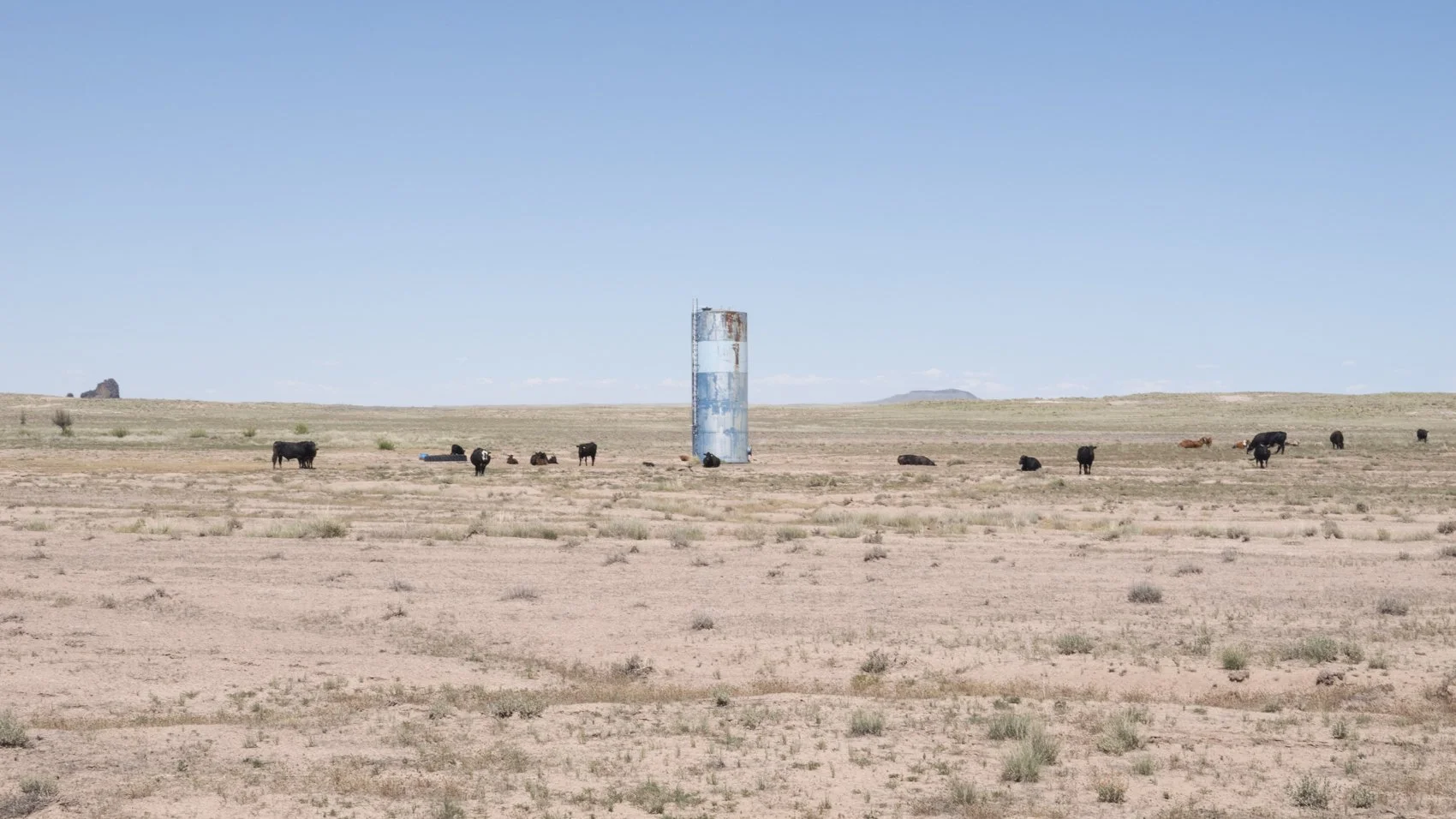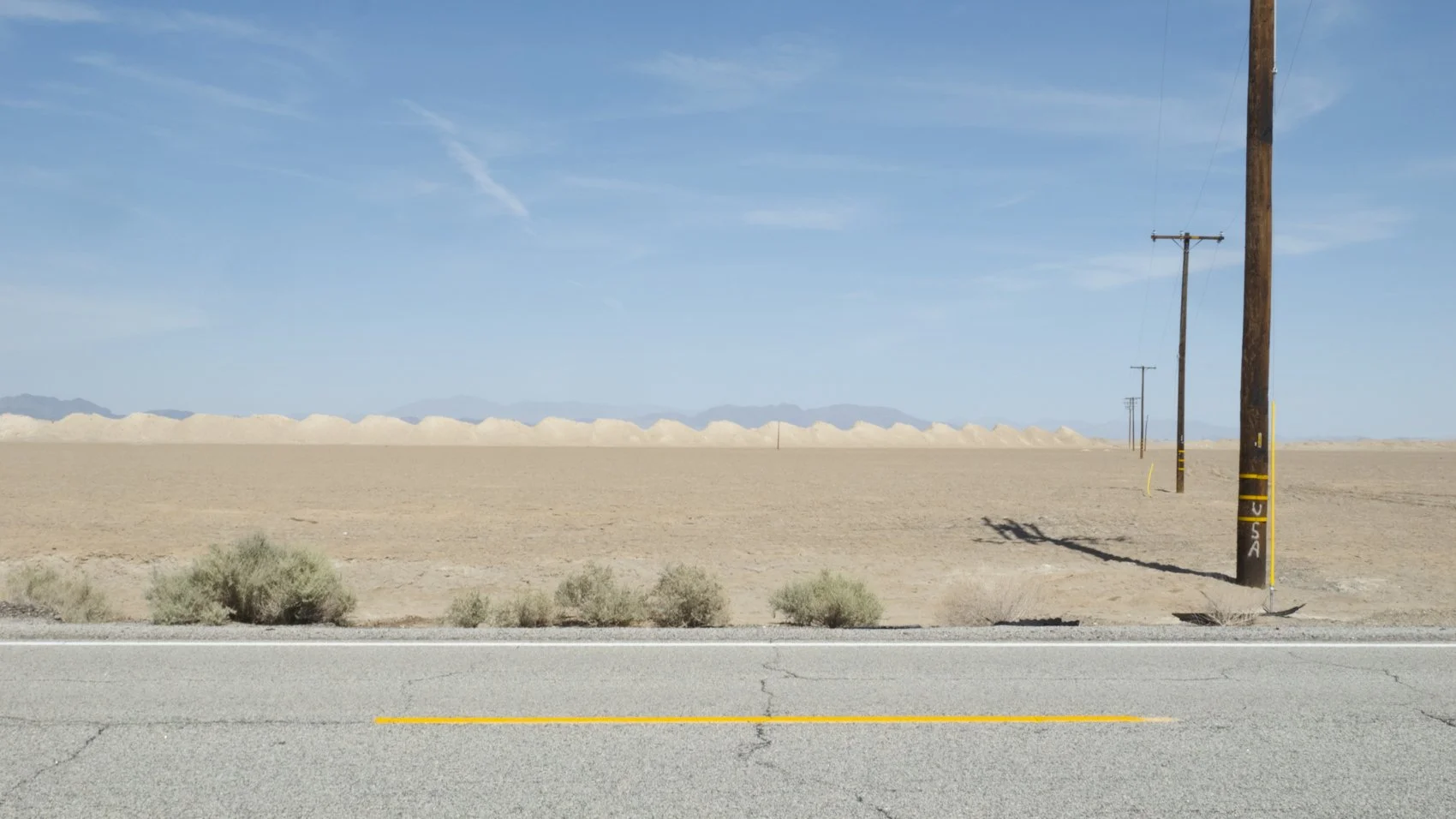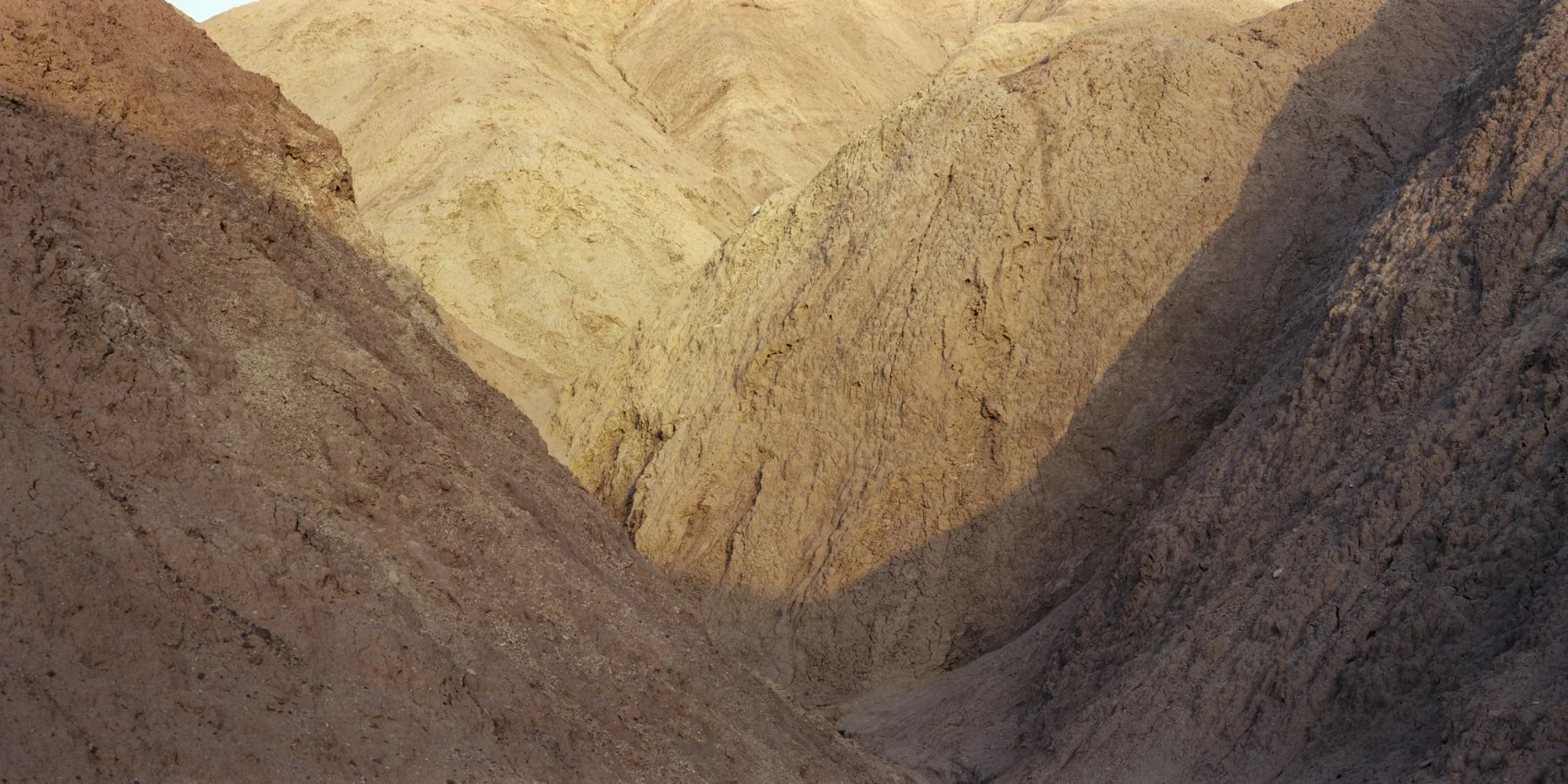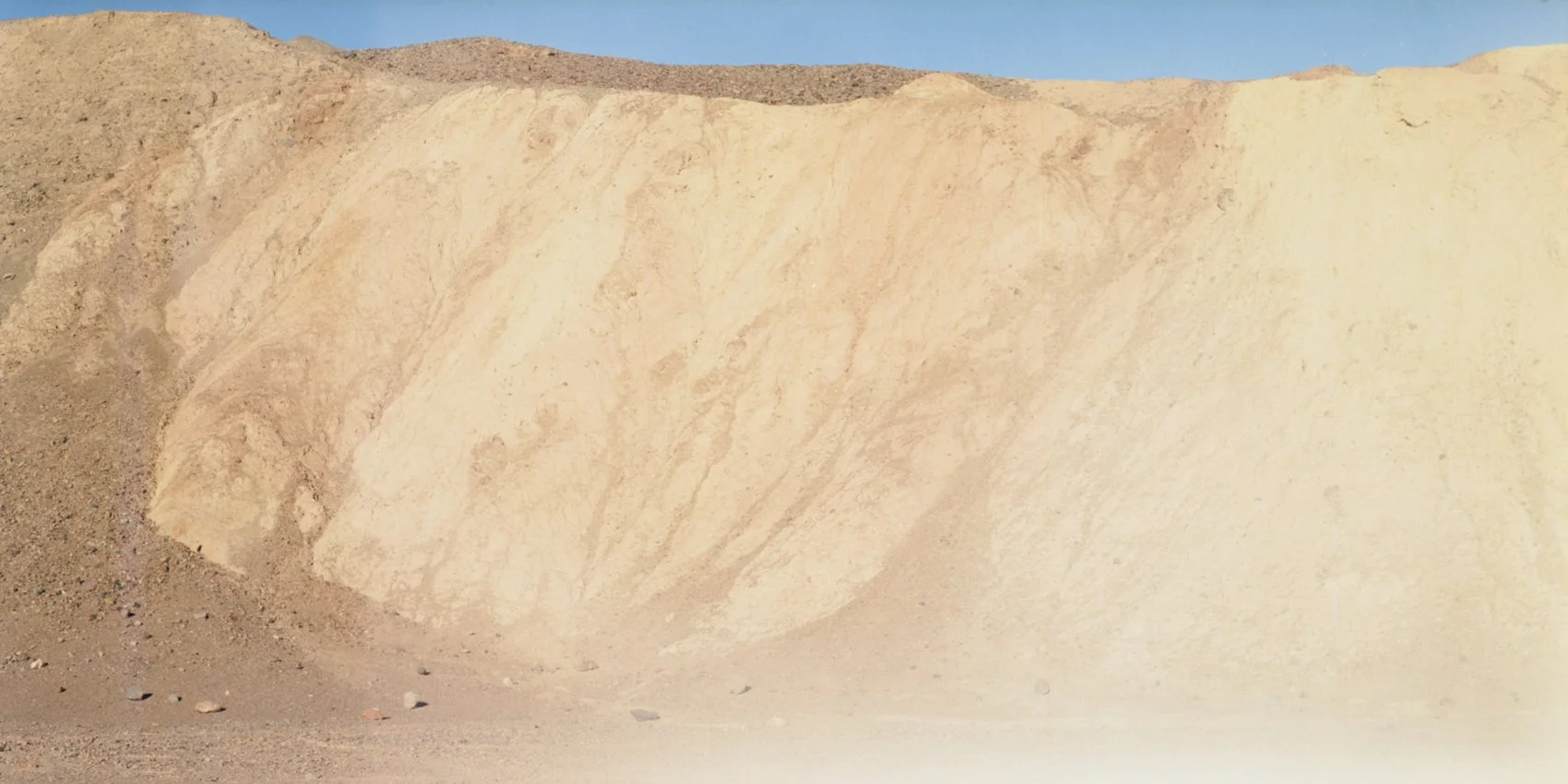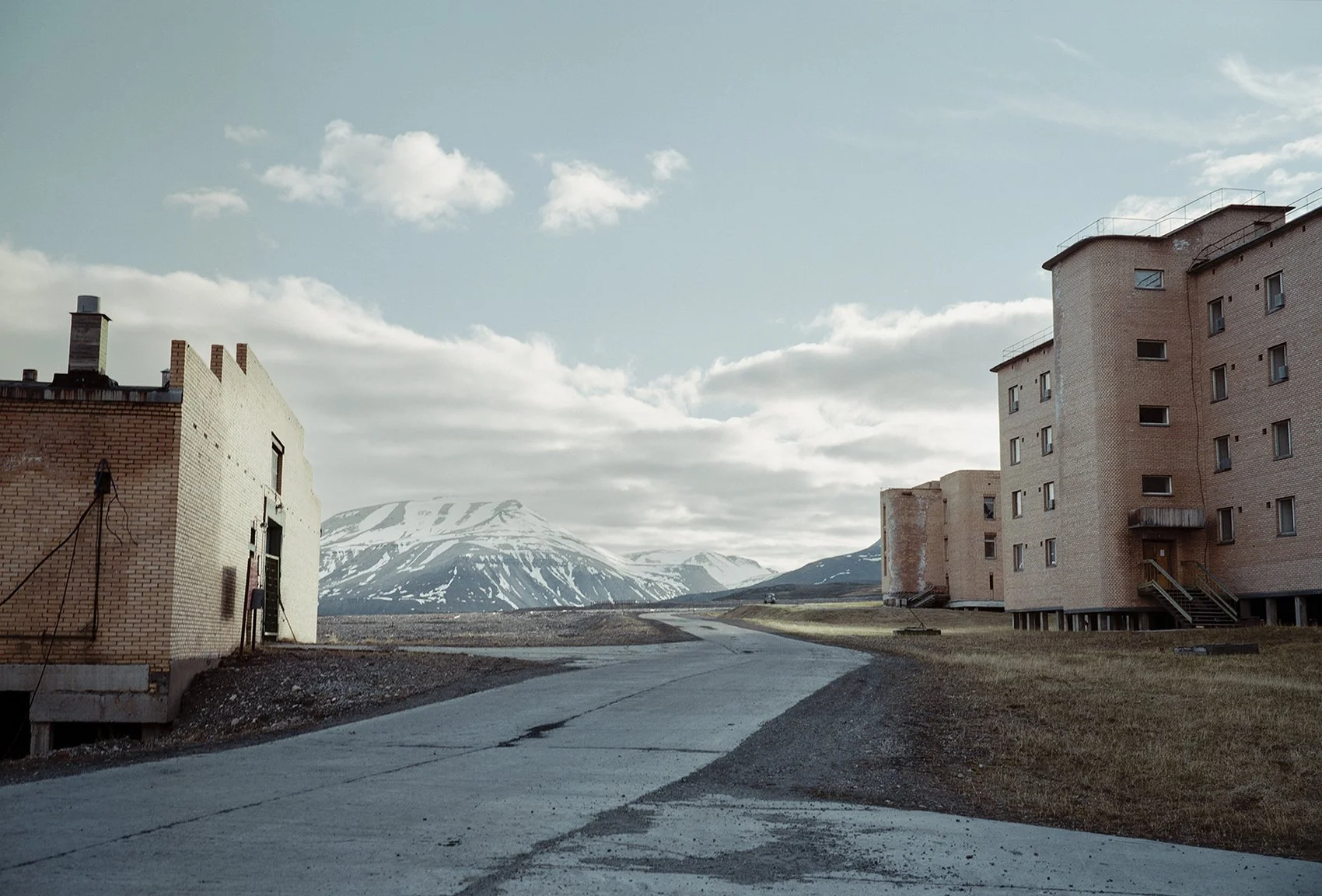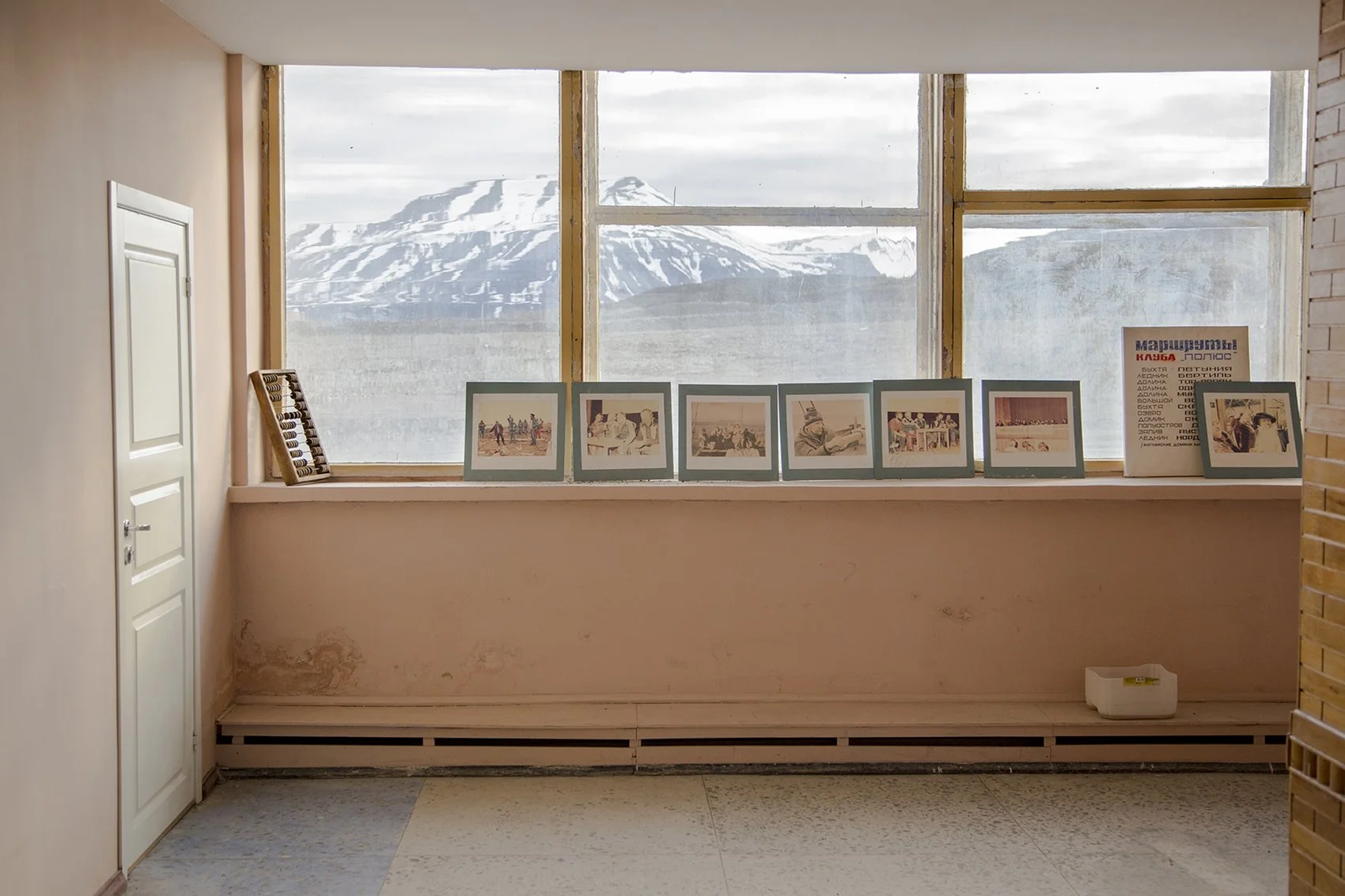VIEWING ROOM: Summer McCorkle
untitled no. 12 from albedo, 60" x 30", Digital chromogenic print, 2025
Videos REMOVE IF YOU’RE ABLE TO EMBED THEM IN A BETTER WAY!!!!!
https://vimeo.com/785268873
https://vimeo.com/373628992
https://vimeo.com/100913593
Summer McCorkle is an artist whose projects incorporate both still photographs and time based videos and installations. As this year’s micro-grant recipient in the genre of photography, our jury was impressed with her technical skills and artistic eye that she couples with a kind of playfulness to create her compositions, be they still, quasi-still or moving. Her photographic work is shot using mostly medium and large analog film formats; the moving image work uses HD video, 16mm film and still photographs.
Focusing her lens on landscapes in extreme climates, there is a quiet and stillness to her imagery that belies the passage of time and the ravages of human impact on the earth, and hints at an epic story stretching endlessly back in time and forward into the future.
She received an MFA in Photography from Hunter College (2012) following a BA in Photography from San Francisco State University (2002) and she also studied at the American University of Rome and Rutgers-Mason Gross School of the Arts. She is a recipient of a Puffin Foundation Grant in 2023 and has attended residencies at Wave Hill, Residency Unlimited, and the AIM Program in New York, Ucross Foundation in Wyoming, Montello Foundation in Nevada, Arteles Creative Center in Finland, the Arctic Circle Residency on a ship around Svalbard, Norway, and has been a MacDowell Fellow twice.
Her exhibitions include a solo show at Smack Mellon in New York, and group shows/screenings at The National Portrait Gallery in London, the Hermitage Educational Center in St. Petersburg, Russia, the Bronx Museum and Wave Hill in New York, and the Southern Utah Museum of Art, among other venues in Mexico, Europe, and the US.
Born in La Crosse, Wisconsin, she has lived in Brooklyn, New York for the past 22 years.
SLIVER 2022
“My projects investigate place, geography, memory, perception, energetics and time and are created by immersing myself in a location and responding to what I find there through lens based image-making.”
Sliver no. 2, 20x24", Digital Chromogenic print ,2022
Blomstrandbreen






“I consider how a location can function as both a fictional or a non-fictional space, depending on what the subject is and the parameters the project takes. ”
Lilliehookbreen





“I use location as a defining framework for capturing either a portrait of a person (real of fictional), residual energy from an alleged spiritual encounter or as a backdrop to a projected story that hasn’t actually happened. ”
ON LOCATION
Western Land Studies
untitled no. 2 from Western Land Studies, 20" x 24", Archval Inkjet Pigment print, 2025
“In "Western Land Studies" I use a more traditional documentary image making approach to look at human mark making on our public lands from the effects of tourism, ranching and extractive industries and examine the effects these activities have on land ecology and the idea of wilderness. I started this project while camping out of a Jeep for seven weeks on the Colorado Plateau, visiting national and state parks and monuments, BLM lands, forest roads, and reservations. In what seemed like vast "wild" landscapes, I understood that the reality is that every inch of this land is spoken for by someone or some entity. The land has a complex history of who owns it, who controls it, what you can do on it, what you can’t do on it, how it was taken, broken up, named, renamed, reallocated, industrialized, monetized, redistributed, protected, saved, and re-wilded.”
untitled no. 3 from Western Land Studies, 20" x 24", Archval Inkjet Pigment print, 2025
albedo
untitled no. 10 from albedo, 60" x 30", Digital chromogenic print, 2025
untitled no. 11 from albedo, 60" x 30", Digital chromogenic print, 2025
“"albedo"consists of photographs and an experimental post-apocalyptic fictional moving image piece that approaches issues of climate change and capitalism and their impending ramifications for our world. In it, a character from an apocalyptic future wanders a hot desert, narrating her journey while she begins hallucinating images of ice and snow, something that no longer exists. She realizes she is channeling memories from a sailor on a ship from when the Arctic Ocean one of the first warning signs of climate change and a predictive of what was to come in the future, her now present. This was shot in both the Arctic around Svalbard, Norway and the deserts of the Western United States with a focus on the Mojave. The photographs act as setting backdrops for this story and/or moments in which the character is hallucinating. Shot on 612 medium format film, the multiple exposures and light flares are done in camera and embedded in the negative.”
untitled no. 6 from albedo, 60" x 30", Digital chromogenic print, 2025
Pyramiden 2019
Untitled from Pyramiden, Dimensions variable, Digital C-print, 2019
“These images were made during my time at the Arctic Circle Residency, which is an artist residency that takes place on a tallship that travels around Svalbard, Norway, also known as Spitsbergen, an archipelago in the Arctic Ocean about 650 miles from the North Pole. Within these boundaries, lies Pyramiden, a former thriving Soviet mining town, now owned by Russia. The town was abandoned in 1998 and efforts have been made to make it into a tourist destination though this effort seemed to be limping along when we visited. Now ships boycott docking there because of the war in Ukraine as a small protest against Russia. I am always interested in any place like this that contains many layers from wilderness, to industrial utopia, to ghost town, to tourist destination to political symbol. To learn more, read this article by Colin Dickey, a writer and former Arctic Circle alumni.”
Untitled from PyramidenDimensions variable Digital C-print 2019
des abends 2020
“With all my video pieces, I usually make photographs that accompany them. these can take many forms. For "des abends" I shot these locations on a Mamiya 6x7 so that a mini landscape is formed through a contact sheet of the negative strip as it was shot.”
des abends. HD video; 16mm film; 35 mm bw slide film transfer- two channel installation. Running time: 14:14
more video
Aokigahara | Nara. HD Video. Total Running time: 09:42. Nara Running time: 5:51. Aokigahara Running time: 3:53. 2012. Two channel video installation
Song for 360 Court Street. Single channel HD video. Running time: 4:59. 2014
BEHIND THE SCENES WITH THE ARTIST
Virtual Artist Talk with Summer McCorkle at Smack Mellon Gallery recorded on April 23, 2020.
All the Homes of Jennifer Jones
All the Homes of Jennifer Jones, 10x12" Chromogenic contact sheet print
“Shooting on a medium format camera that uses 120 roll film, I photographed, in chronological order, every place my mother has lived (so far) in Wisconsin.
10 frames, 10 locations. Photography: Me. Art Direction: Mom”
ONLY USE TO CURATE OR PULL QUOTES FROM: DELETE FROM VIEWING ROOM AFTERWARD: Summer McCorkle/ General thoughts on practice etc.
It took me a while to understand my art practice. I did my first darkroom print at 14 and was hooked, always printing my own black and white and then color work after that. Working in the darkroom was a really important part of the practice for me. But I was also steeped in the art world from a pretty young age. I loved 60s/70s conceptual art, painting and sculpture. I loved film and reading and thinking. So I struggled with photography because I wanted to be considered an “Artist” and not get boxed in by being a "Photographer". I was feeling photography was too surface for me, maybe because of its connection with the commercial and fashion worlds, industries I was working in to be able to survive in NYC. So even though I loved photography so much, somehow it got tainted for me. I think I still had this romantic idea of being an artist, someone with a "real studio practice”- maybe I wished I could be a sculptor or something. Yet at the same time, all I really wanted to do was travel and roam around experiencing the world and shoot and not be shut inside a studio. So I traveled and shot. But I was still concious of being relegated to the categories of cheesy travel editorial photographer or boring traditional documentary photographer or god forbid, a landscape photographer (all conceptions that I laugh about now when I think about it. Who cares!). But I was truly drawn to landscapes so I started trying to think about layering in the landscape itself, both energetically and physically. And I slowly started to see how exploring the idea of place could somehow mix my photography with a more conceptual framework. I then went to grad school and pretty much abandoned photography for video. I had always been obsessed with film and moving image from a young age but I couldn’t figure out how I fit into that scene because the practice of shooting narrative filmmaking truly bored me, I didn’t like working with a big group and I don’t think I was fully exposed to experimental film at that point. So for my grad school thesis show, I flew to Japan alone to shoot a video and photographs in a supposedly haunted forest at the base of Mount Fuji that combined what I was thinking about in photography with moving image. I think from there I really started to own what my practice was- I go places, usually alone, with a camera- still, moving or both- and have the place reveal itself. This sometimes takes on a documentary-ish form which reveals a hidden story or energy enmeshed in the landscape. It also started incorporating fictional characters who appear to me in these places through writing- I tell their story mixed in with my own and/or sometimes combine it with words borrowed from others (for example with “des abends” in which I used text from Shelley’s “Frankenstein”). I’m very captivated by that edge between still and moving image, and I often shoot very still shots in video that consciously mimic photography; or incorporate actual still photographs into the video piece itself, cutting them quickly to animate them. Recently with "albedo", I’m back to shooting large format large scale photographs on film, playing with the physical medium by shooting to embed layers within the negative itself. At the same time, I'm also shooting some very straight up traditional documentary work for a project I’ve recently started, looking at land use out West, a massive subject that I will probably be working on for a very long time.








